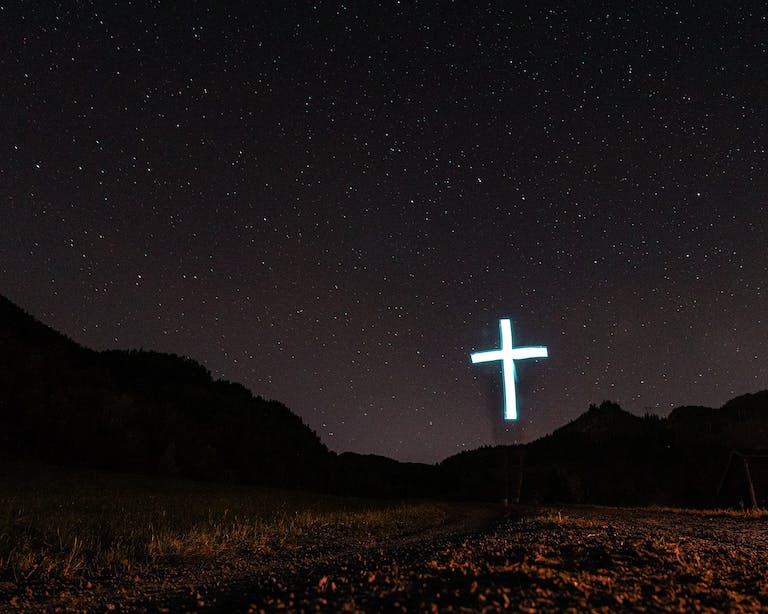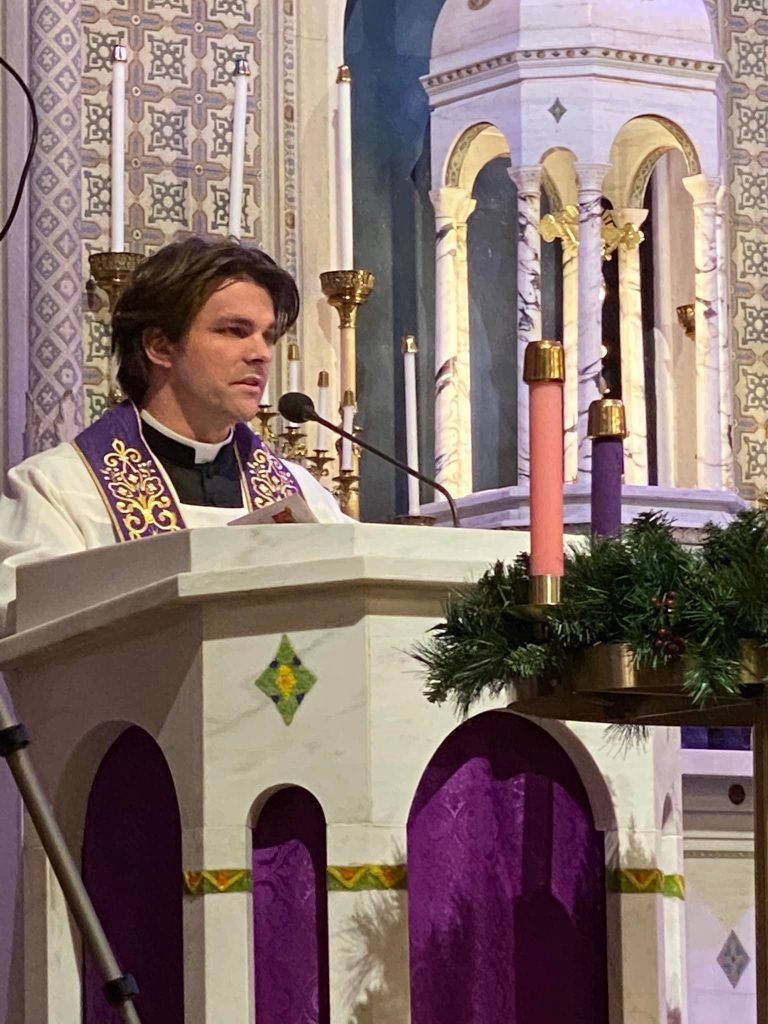Is the Catholic Church Corrupt? History and Now!
The Catholic Church, like any large and powerful institution, has had its share of corruption scandals throughout history. However, it’s an oversimplification to label the entire church as universally corrupt. There are hundreds of thousands of priests, bishops, and other church leaders serving the more than 1.3 billion Catholics who live worldwide.
While high-profile cases of abuse and financial misconduct have understandably shaken public trust, the majority of clergy and church organizations operate ethically. Ultimately, the answer depends on how “corruption” is defined and where in the sprawling church bureaucracy it has occurred.
Defining Corruption
Abuse Scandals
The most serious allegations of corruption in recent decades involve the sexual abuse of minors by clergy. Multiple investigations have uncovered extensive abuse networks, cover-ups by bishops, and systemic failures to protect victims or remove perpetrators. The most affected countries include the United States, Ireland, Australia, and Chile.
Settlements with victims have cost dioceses billions of dollars. These scandals are undeniably a stain on the church’s moral credibility. However, research shows that Catholic clergy do not abuse at higher rates than other denominations, occupations, or community leaders. The percentage of abusers in the priesthood is small compared to ethical ministers sincerely serving their communities.
Financial Misconduct
There have also been high-profile cases of financial corruption, especially involving the Vatican Bank. Past scandals include money laundering, embezzlement, tax evasion, and Mafia connections. Reforms were instituted to increase financial transparency, although the Vatican still lacks external oversight. Lower-level financial misconduct also occurs, like priests misusing parish funds or overspending on lavish renovations. However, outright embezzlement appears relatively rare. Most parishes operate on tight budgets dependent on tithing. There are certainly ethical finance ministers working to steward funds responsibly.

Where Corruption Occurs
Corruption exists, but measuring its pervasiveness across a massive hierarchy spanning thousands of dioceses and parishes worldwide is extremely difficult. Problems often emerge:
In Secretive Environments
Abusers and ethical violations thrive without accountability. Many cases involved moving perpetrators or cover-ups rather than removing them from ministry. Reform efforts push for external oversight, transparency, and acting on accusations instead of insulation.
When Power Goes Unchecked
Bishops have vast authority over priests and parishioners, which can enable abuse if left unchecked. The Church’s monarchical governance concentrates decision-making and resources distantly from local communities. There are valid arguments for decentralized, shared leadership. Reform proposals include empowering laity and women in oversight roles.
Cultures of Clericalism
Viewing clergy as spiritually superior can blind followers to unethical behavior. An attitude persists of shielding priests’ reputations at all costs. Breaking this culture lies in raising awareness of tendencies to idolize clergy and instead seeing priests as equal humans and accountable servants to parishioners.
Reforms to Address Corruption
The Church has responded to scandals through prayer, penance, reforms, and prevention programs:
Improved Safeguarding
Dioceses now extensively screen clergy, employees, and volunteers working with youth. Prevention policies establish reporting procedures, codes of conduct, abuse awareness training, and victim assistance coordinators. Despite past failures, current efforts aim to make church ministries safer.
Increased Accountability
Bishops must report abuse allegations to civil officials instead of handling them internally, which helps end cover-ups. Review boards in each diocese feature lay experts who independently assess accusations. Offending priests are increasingly removed from positions immediately. Standards still vary globally, but accountability is rising.
Restoring Trust
Pope Francis has directly acknowledged that corruption harms the church’s credibility and mission. He has met with victims, mandated policies to remove offending bishops and end cover-ups, revised financial regulations, and tasked cardinals with reforming the Vatican bureaucracy. Much work remains, but authentic transparency and repentance can slowly help rebuild lost trust.
The Path Forward
Eradicating all corruption across the Catholic Church’s vast global influence may prove impossible. However, understanding where problems emerge equips current reform efforts promoting accountability, transparency, shared leadership, and openness. Most clergy are sincere pastors, and lay Catholics carry on the mission of mercy, no matter the sins of some leaders. With humility and courage, the Church continues marching onward despite the stumbles of centuries past.







